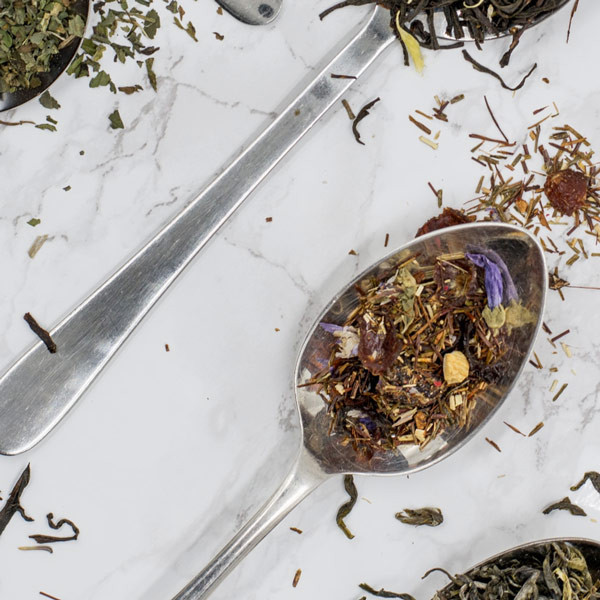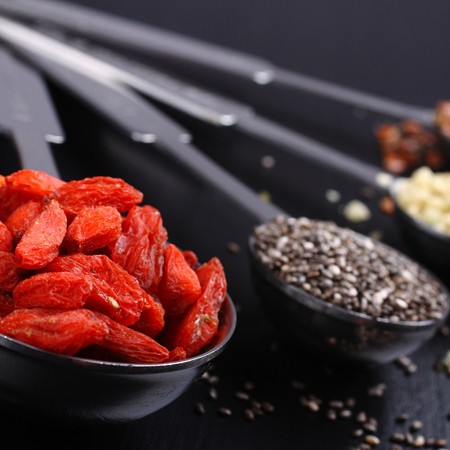Diets come and diets go, and the latest diet gathering much popularity around the globe is Dr. Loren Cordain's Paleo Diet ( also know as the Primal, or Caveman Diet ). The Paleolithic diet has made a 10,000 year comeback, but is it here to stay?
This diet returns us to a way of eating based upon the natural instinct of our ancestors from many moons ago. Our forefathers who lived in caves and hunted with home made implements did not know the meaning of processed food, planting grains or home made bread. They lived a style of life that enjoyed nature, and eating what grew in the wild around them. This included a variety of berries, herbs and the game they caught, as and when they got hungry. They were not aware of bad weight gain or many of the illnesses that we face today, or how they appeared to their peers? However, along with this, it should be taken into account that their lifespan was also much shorter than that of modern man.
What is different about the Paleo way of eating?
People following the Paleo way of life, eat sustainable organically fed meat, non- starchy vegetables, as well as saturated fats found in free-range beef, lamb, pork, game and poultry. Their diet includes nuts and avocados, fruit with a low sugar content, and only oils deemed 'healthy' such as olive, macadamia, flaxseed, walnut and coconut oils.
This certainly is not a diet that will appeal to everyone as there are many foods found today that were not part of that era. Eating Paleo means cutting out all grains, legumes, dairy and basically anything that is processed. Although bread and cakes were unknown entities and not part of their daily menu, some people view these as 'occasional foods' that can be made at home from grain substitutes such as coconut flour or almond flour. Coconut flour is the favourite because it's comprised of mostly medium chain saturated fatty acids and the carbohydrates in it are fiber. Other relaxed versions of the diet also include some dairy products like organic butter, and hard cheeses such as parmesan.
The introduction of processed food and plant fertilization
Over thousands of years we have genetically remained the same, but, the methods of sustaining our systems have undergone dramatic changes. With this our health has deteriorated and so have our figures. Unnatural soil fertilization, animal feed and all the splodge and plodge we put in our bodies, such as processed and fast foods, have combined to create a concerning degree of worldwide obesity.
For some people it is such a disaster, they are hardly able to move. What is worse, is the more weight they gain the more difficult it is for them to lose it, causing depression, self neglect and for many, acute embarrassment and a shortened lifespan. On the other hand, it is never ever too late to start looking after the inner self, and the Paleo diet is certainly one way of doing this.
Reducing inflammation in the body is also one of the main aims of the Paleo diet, and by eating natural foods that are nutrient dense, disorders such as sleep apnea, obesity and high blood pressure may be prevented. Although, it may not cure issues it is certainly influential in reducing their symptoms and generally improving sleeping habits, overall health and general well-being.
CrossFit and the Paleo diet for athletes
CrossFit provides a conditioning program, incorporating functional high-intensity movements for athletes. It considers the Paleo diet (often referred to as the Caveman Diet) instrumental in reducing calorie intake and regards it as a unique approach to nutrition. With the consumption of the raw natural foods offered by the Paleo diet, CrossFit athletes can eliminate refined and processed carbohydrates, regarded as links with diabetes, cancer and coronary heart disease. It is felt that the Paleo diet controls insulin and hormone levels and improves the performance of athletes during CrossFit workouts.
Focusing on hormone control, the Paleo diet for CrossFit, breaks down macronutrient content of carbohydrate calories, protein, and fat, per pound of an athlete's bodyweight. The nutrient timing is as important as the selection of foods for a CrossFit success. It is recommended that an athlete eats about 200 to 300 calories at least two hours before an endurance workout or a race.
One core aspect to the Paleo way of eating is to cut out processed foods. By following this simple approach to your daily intake of food, you will eat cleanly and sensibly and feel better all round.

Love Health?
From recipes, trends and discounts, expect great things via email this month.
More Great Reads!

Behind The Brand: Antipodes
Recipes We Love!

Clever Cookies













